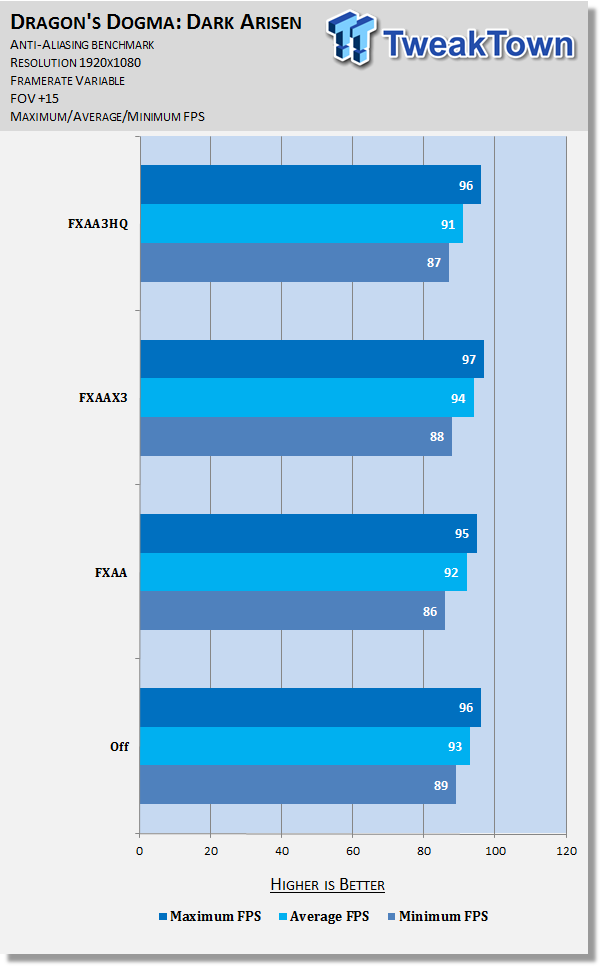

- DOES TURNING ON HDR AFFECT FPS 1080P
- DOES TURNING ON HDR AFFECT FPS PATCH
- DOES TURNING ON HDR AFFECT FPS PS4
I don't notice a massive difference in PS5 image quality when changing this setting, but your mileage will vary. This reduces the total color information sent to your panel per frame, which is arguably more noticeable when picking through lines of text than when romping through high-speed action. Getting 120 Hz, 4K, and HDR metadata into the same signal requires reducing the system's HDR signal to 4:2:2 chroma subsampling. once I changed another setting in the PS5's root menus. I'm able to test R&C:RA on LG's 2020 OLED panel, the CX, and I got its 120 Hz mode working.
DOES TURNING ON HDR AFFECT FPS 1080P
Without HDMI 2.1 bandwidth at the ready, older TVs with 120 Hz support can only get up to 1080p resolution. Its menus asked you what you preferred in your gaming: more pixels and higher image quality or more frames?įurther Reading HDMI 2.1 spec released, ushering in new era of dynamic HDR videoBoth of last year's biggest new consoles, the Xbox Series X and PlayStation 5, support 120 fps connections at 4K resolution, so long as your TV supports the HDMI 2.1 connection standard. As a native PS5 game, this month's R&C:RA launched with both 30 and 60 fps modes on day one. Both of those games eventually got PS5 versions with 60 fps support, since they could leverage the newer hardware's power.
DOES TURNING ON HDR AFFECT FPS PS4
Recent titles by Insomniac Games, particularly Marvel's Spider-Man and the 2016 Ratchet & Clank remake, launched on PS4 with a 30 fps lock, meant to guarantee higher pixel counts and more detailed shadow and level-of-detail (LoD) settings. So why would anyone pick 40 fps instead? And how does it work? HDMI standards, menu picking, and math

DOES TURNING ON HDR AFFECT FPS PATCH
It comes courtesy of a new patch to this month's Ratchet & Clank: Rift Apart on PlayStation 5, which already includes a 60 fps "performance" option. This week, a surprising new number enters the conversation: 40 fps, a standard previously unattainable thanks largely to TV standards. Thirty, the rate seen in most standard TV broadcasts, is fine for slower cinematic games, while frantic battles and twitchy fights benefit from a higher rate, since it looks smoother and reduces button-tap latency.

When it comes to action-filled video games, frame rates matter, and up until recently, traditional "frames per second" wisdom has landed at either 30 fps or 60 fps.


 0 kommentar(er)
0 kommentar(er)
